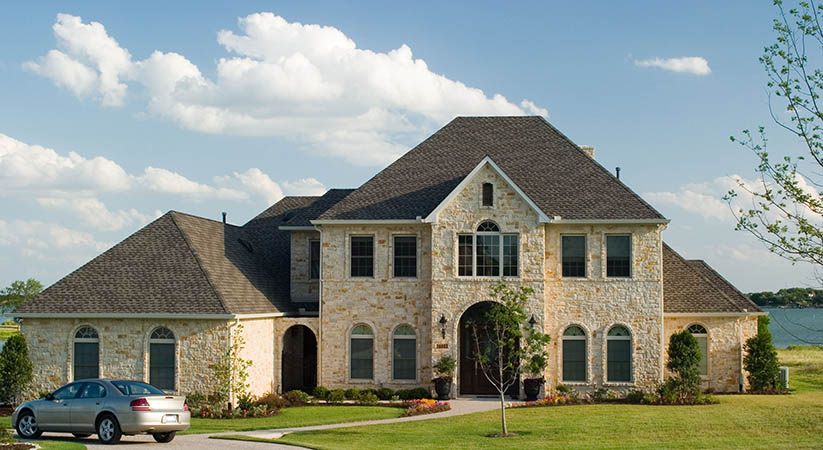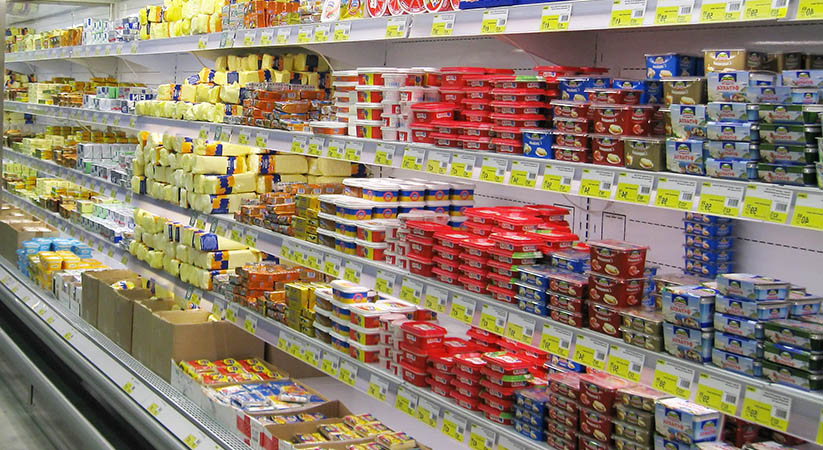Some dry and hit regions in the country are very prone to wildfires due to their specific climatic conditions. This is one of the main reasons why you should always consult roofing contractors and choose a good fire-resistant roofing material when constructing or renovating your house. Your roofing material must be appropriately fire-resistant. The roof is one of the most important parts of your house which keeps your house safe and structurally intact.
Roofs are unfortunately very prone to fires, and they can easily fall if your roofing material isn’t fireproof. Wildfires can also cause the nearby roofs to catch fire. Open flames from fires in your area can also fire up your roof. That’s where the importance of fire-resistant roofing materials comes in. Fireproof roofing material gives Your roof a great chance of surviving in the case of a fire.
How Roofing Materials Are Rated?
Every type of roofing material is passed rigorous testing before rating it specifically for fire resistance. In fire testing, it is seen if the fire spreads easily on the surface of the material, and whether the material makes flying burning pieces of debris or not.
Based on the performance of a material in fire testing, it is given a specific rating. Here are the ratings given to roofing materials in fire tests.
- Class A Rating: Roofing materials under this rating are usually non-combustible, do not generate firebrands, and can stand severe fire exposure.
- Class B Rating: Materials under this rating are made of combustible stuff, but are specially treated to resist fire up to a certain point.
- Class C Rating: Roofing materials under class C are composed of wood materials, so, this type of roofing can only withstand light fires.
However, a majority of houses in fire-prone areas still use class B and C roofing materials for certain safety reasons.
Most Fire-Resistant Roofing Materials
There are lots of different things that go together to make a fire-resistant roof, for example, underlayment, roof incline, deck, and insulation are tied together to make a perfect and fire-proof roof. The sheathing material you use to prevent the fire from spreading on your roof also has a vital role to play. Sheathing prevents the fire from affecting other parts of your building as well.
Below mentioned are some of the best class A fire-resistant roofing materials you can use.
Slate Roofing
Slate is a natural stone that is cut into certain shapes. Tile-like pieces of slate are joined together to make perfect-looking roofs. This material is non-combustible as well, hence its Class A fire rating. However, keep in mind that slate is a natural stone, and that’s why it is very heavy. This weight means that you’ll need a strong enough roof to support the whole weight of the slate used.
Also, slate tiles are more expensive as compared to other roofing materials, and require a professional from roofing companies Twinsburg for installation.
Pros And Cons Of Slate Roofing
Long-Lasting
Slate roofs are not as popular as asphalt or metal roofing, but they are one of the most long-lasting roofing materials ever. If you select the correct type of slate roof and the sheathing, and it’s installed and maintained properly, it will be the last roof installation for that home of yours.
Slate roofing is estimated to last between 50-100 years if we are being careful about the numbers. Otherwise, many claim that slate roofs can last for more than 100 years as well.
Improved Curb Appeal
Slate roofs are beautiful and eye-catching. So, they improve your curb appeal effortlessly. Asphalt is the most popular material and some asphalt roofing is made to mimic slate roofs due to their appearance.
Slate Roofs Are Costly
The durability, fire resistance, and appearance of slate roofs come with a cost. The price of slate roofs is on the higher end.
They Are Heavy
Slate roofs are heavy and your house must be inspected to know if it can withstand the weight of hefty slate roofing. In most cases, a house should be built or carry the weight of slate roofs. You can do retrofitting or consider new framing for slate roofing but adds up to the cost of slate roof installation.
Concrete Tile Roofing
These tiles are non-combustible as well. Concrete tiles are a great choice if you’re looking for a Class A fire-resistant roofing material at an affordable price. You can get your concrete tiles customized according to your own needs. You can get very beautiful and attractive concrete tiles customized for your roof.
Concrete tiles need to be placed correctly on the roof, and you should get the roof inspected regularly as well to find out the need for repairs and maintenance. A well-maintained concrete tile roof stays fire-resistant to its maximum potential.
Pros And Cons Of Concrete Tile Roofing
Durable
Concrete is a common building so the tiles made of concrete are durable and can last for decades. On average, you can expect concrete tile roofing to last for 50 years.
Mid-Range Cost
Concrete is an affordable fire-resistant roofing material. It’s a mid-range roofing option that is durable and long-lasting.
Poor Weather Resistance
Concrete is prone to cracking and staining due to the impact of weather. This can lead to lichen and mold growth in the concrete tile roofing resulting in a multitude of problems.
Metal Roofing
Metal roofing is installed with a fire-resistant underlayment, and provides your house with class-A fire resistance. Metal is lower in weight as compared to the materials mentioned above, and doesn’t corrode either. You’ll also need minimum maintenance to maintain metal roofing in the long run.
Various different metals like zinc, copper, steel, and other alloys are used to make metal roofing of different properties, features, colors, and finishes. Metal roofing is a great option for desert areas.
Pros And Cons Of Metal Roofing
Long-Lasting
Metal Roofing comes with 30-50 years of manufacturer’s warranty while many have seen metal roofs last for 40-70 years.
Variable Cost
There are different types of metal and the cost of metal roofing is impacted by the material you go with. Galvanized steel is cost-effective, aluminum is mid-range, and copper roofing is costly.
Energy-Efficient
Metal roofing reflects solar heat and can help in keeping your home comparatively cooler in summer. It’s estimated that metal roofing can reduce your cooling costs by 25%.
Metal Roofs Can Be Noisy
Metal roofs are noisier than other roofing materials during rain and hailstorms. However, you can use extra layers of sheathing under it to minimize the noise.
Metal Roofs Can Be Dented
Metal roofs are durable and can withstand rain, snow, and hailstorms. However, there is a risk of metal roofing being dented with weather elements. Moreover, walking on metal roofing can dent or damage them as well. However, this is true for most of the roofing materials.
Conclusion
There are lots of other materials like CeDUR and clay which fall under the category of class A fire-resistant roofing materials. However, clay tiles are difficult to install.
If you want your roof to be durable, long-lasting, and fire-resistant, you should consider concrete tile, slate, metal, and synthetic roofing. Discuss with roofers Hudson to know which materials are better for your region.



